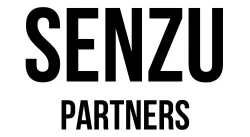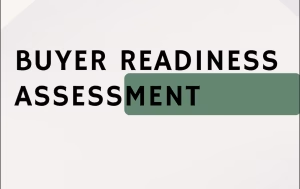The private equity trends shaping 2025 reveal a landscape that has been anything but predictable. From liquidity challenges to shifting geographic allocations, these private equity trends are redefining how investors approach dealmaking and portfolio management. Here are five critical insights from Bain & Company’s Midyear PE Report that every investor and business leader should understand
1. Private Equity Trends: How Tariffs are Reshaping Deal Flow
The second quarter of 2025 marked a dramatic shift from the promising start to the year. After a strong first quarter that saw deal values reach their highest levels since Q2 2022, tariff uncertainty triggered a notable slowdown in April.
The numbers tell the story:
- Deal values dropped 24% below the Q1 monthly average
- Deal count fell 22% in the same period
- The IPO market essentially shut down, with high-profile offerings like Klarna’s US IPO being postponed
This isn’t just about immediate market reaction; it represents a fundamental recalibration of long-term investment models. After weathering COVID, the war in Ukraine, inflation, and rising interest rates, investors were just regaining confidence when tariff volatility hit.
2. Private Equity Trend: The Liquidity Challenge is Getting Critical
Perhaps the most pressing issue facing private equity today is the severe lack of liquidity. The data is sobering: funds that should historically show a 0.8x ratio of distributed to paid-in capital are sitting at just over 0.6x.
Why this matters:
- Limited partners can’t access cash or rebalance portfolios
- General partners are stretched thin managing larger portfolios
- The progression from management fees to carry fees becomes increasingly difficult
In response, over 60% of LPs now prefer conventional exits over alternatives like dividend recapitalizations, even if it means accepting valuations below recent marks. This shift in LP preferences is forcing a fundamental rethink of exit strategies across the industry.

3. Private Equity Trends: Why Fundraising in 2025 is Different
The numbers are stark: more than 18,000 private capital funds are currently seeking $3.3 trillion, creating a supply-demand imbalance of roughly $3 of demand for every $1 of available capital.
Notable milestones:
- No buyout fund closing in Q1 2025 exceeded $5 billion, the first time in a decade
- Global buyout fund-raising faces a potential sixth consecutive quarter of decline
- Hope for recovery has been pushed out to 2026 or beyond
This environment is forcing GPs to abandon informal fund-raising approaches in favor of more systematic, strategic methods. The easy money days are definitively over.
4. Geographic Rebalancing Is Accelerating
Trade tensions are reshaping capital allocation patterns in ways that could have lasting implications. While North American private equity assets under management are 170% larger than Europe’s (despite North America’s GDP being only 20% larger), this imbalance is starting to correct.
Key shifts include:
- About one-third of Canadian and European LPs expect to reduce US weighting
- Some pension funds in countries facing trade tensions are cooling on US PE investments
- 28% of LPs plan to increase allocations to private credit as a hedge against trade volatility
This geographic rebalancing represents more than a temporary adjustment, it’s a structural shift that will influence capital flows for years to come.
5. Opportunity Emerges from Uncertainty
Despite the challenges, savvy investors are finding remarkable opportunities in the chaos. The $9 billion acquisition of Skechers by 3G Capital exemplifies this trend; the deal emerged just weeks after trade uncertainty caused the footwear maker’s shares to plummet 44% from their 2025 peak.
Strategic imperatives for success:
- Proactive dealmaking when others are waiting on the sidelines
- Clear-eyed due diligence that accounts for long-term trade disruptions
- Renewed focus on operational improvements and earnings growth
- Willingness to refresh value-creation plans for extended holding periods
The report emphasizes that with $1.2 trillion in buyout dry powder waiting to be deployed, nearly a quarter of which has been available for four years or more, the pressure to find and execute deals remains intense.
Looking Ahead
These five private equity trends represent more than temporary market adjustments; they signal shifts in how the industry operates. The old playbook of riding multiple expansions and easy exits no longer works in this environment. Instead, success will require a return to fundamentals: operational excellence, genuine value creation, and the ability to navigate sustained uncertainty.
As Bain’s report concludes, “Tomorrow’s winners will be quick to grasp exit opportunities” and “form a clear view of what they want to own.” Understanding these trends is crucial for navigating the evolving PE landscape.
Get the full report: Bain & Co Midyear Private Equity Report 2025




